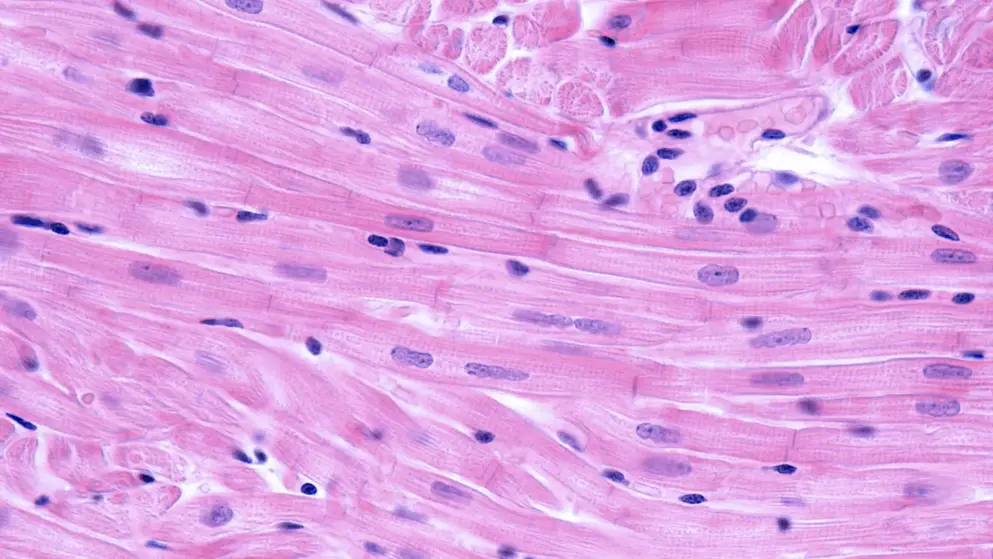
FDA approves Nexviazyme for Pompe disease.
Nexviazyme is an enzyme replacement therapy (ERT) designed to specifically target the mannose-6-phosphate (M6P) receptor, the key pathway for cellular uptake of enzyme replacement therapy in Pompe disease. Nexviazyme has been shown in clinical trials to provide patients with improvements in respiratory function and walking distance.
The effectiveness of Nexviazyme for the treatment of Pompe disease was demonstrated in a study of 100 patients who were randomized to take Nexviazyme or another FDA-approved enzyme replacement therapy for Pompe disease. Treatment with Nexviazyme improved lung function similar to the improvement seen with the other therapy. The most common side effects included headache, fatigue, diarrhea, nausea, joint pain (arthralgia), dizziness, muscle pain (myalgia), itching (pruritus), vomiting, difficulty breathing (dyspnea), skin redness (erythema), feeling of "pins and needles" (paresthesia) and skin welts (urticaria). Serious reactions included hypersensitivity reactions like anaphylaxis and infusion-associated reactions, including respiratory distress, chills and raised body temperature (pyrexia). Patients susceptible to fluid volume overload or with compromised cardiac or respiratory function may be at risk for serious acute cardiorespiratory failure.

